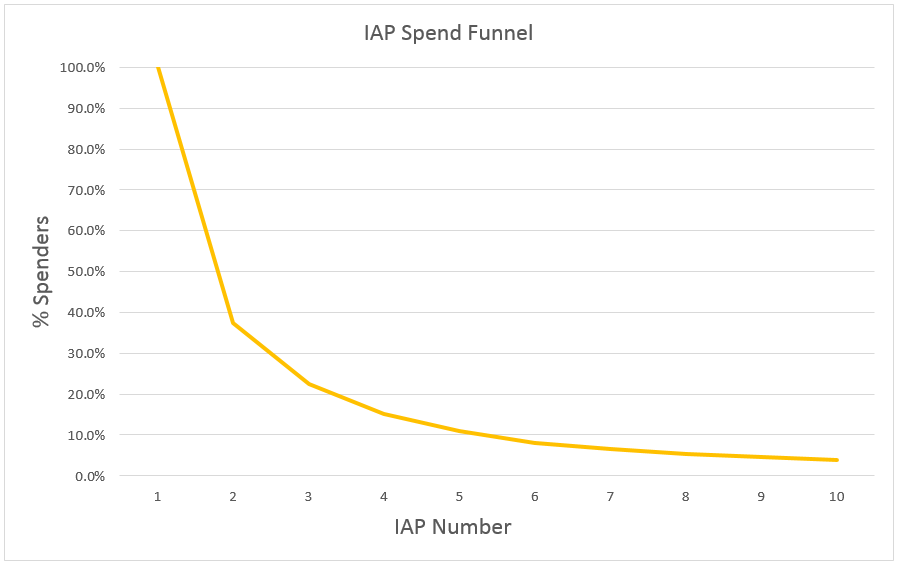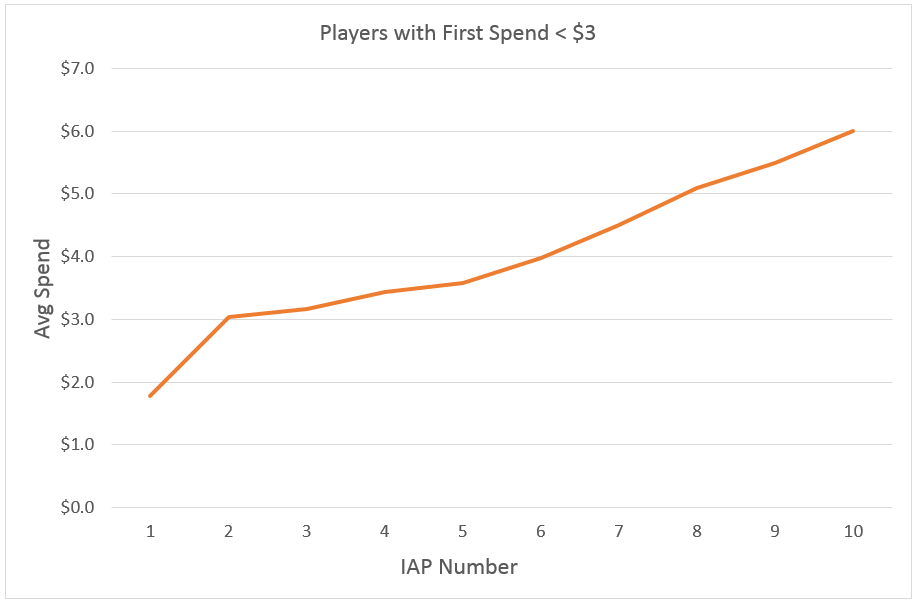
Featured Blog | This community-written post highlights the best of what the game industry has to offer. Read more like it on the Game Developer Blogs or learn how to Submit Your Own Blog Post
Why Your F2P Game Should Inspire Multiple Payments
Developing successful free-to-play games that players love can be an exhausting undertaking. Because even with strong retention and conversion statistics, it is still possible (likely even) to have low revenues if players do not spend multiple times.

Developing successful free-to-play games that players love can be an exhausting undertaking. After you’ve fine-tuned your First Time User Experience (FTUE), set up your appointment mechanics, balanced your game difficulty and optimized your conversion points, you could still struggle to get a return on installing players. Why? Because even with strong retention and conversion statistics, it is still possible (likely even) to have low revenues if players do not spend multiple times.
In terms of simple math, if a game has a 2% spender fraction and an average transaction of $5, the Average Revenue Per User (ARPU) will only by 10c if players spend just once. The good (or bad?) news is that this is an area where most F2P games currently get it wrong. Very few games are successful in inspiring their spenders to spend multiple times.
The volume of players who spend more than once
Created using data on the deltaDNA system, taken from a sample of 200 mobile games, the chart below shows the percent of spenders in games by the number of in-app purchases (IAPs) they make.

We can see that 37% of all spenders will spend again, while 15% will spend 4 or more times. While you could argue that this is a healthy distribution (indeed, the Average Revenue Per Spending User = $24), there is a lot of missed opportunity here. If players love your game enough to spend real money, surely you can inspire them to spend again?
The value of players who spend more than once
There is another reason why encouraging players to spend multiple times is important; the average transaction value increases with each IAP.

For mobile games on deltaDNA, the first transaction is worth $5.20 on average. This increases to $9.10 for the second and continues to increase all the way to $23 for the tenth transaction.
You could argue that the result is biased; an individual player won’t increase their spend, and there are simply more ‘whales’ at the large IAP number. This is true to some extent, but the typical spender will increase the amount spent with each IAP. To prove this, we looked at the average spend for players whose first purchase was less than $3.

We can see that while these spenders never reach the large average transaction value we see above, there is again an obvious trend of increasing transaction value with IAP number, starting with the second IAP being 170% the value of the first one.
Focus on Amazing Content to Inspire Multiple Payments
It is clear that players are willing to spend more on subsequent IAPs, the question is, how to unlock this monetization potential? According to our data, on average the second spend will happen 4 days after the first.
Given this, and that typically spenders do not churn rapidly, engagement is not the area to focus on. The key is balancing content within the game economy; purchases are usually driven by a desire to unlock content, whether it is progressing to levels faster, collecting/customizing characters, or simply sustaining longer gameplay.
If there is no appealing content left to unlock after the first purchase, or worse, the first purchase didn’t unlock something amazing, it is very unlikely players will spend again.
This post also appeared on the deltaDNA blog.
Read more about:
Featured BlogsAbout the Author(s)
You May Also Like







.jpeg?width=700&auto=webp&quality=80&disable=upscale)








